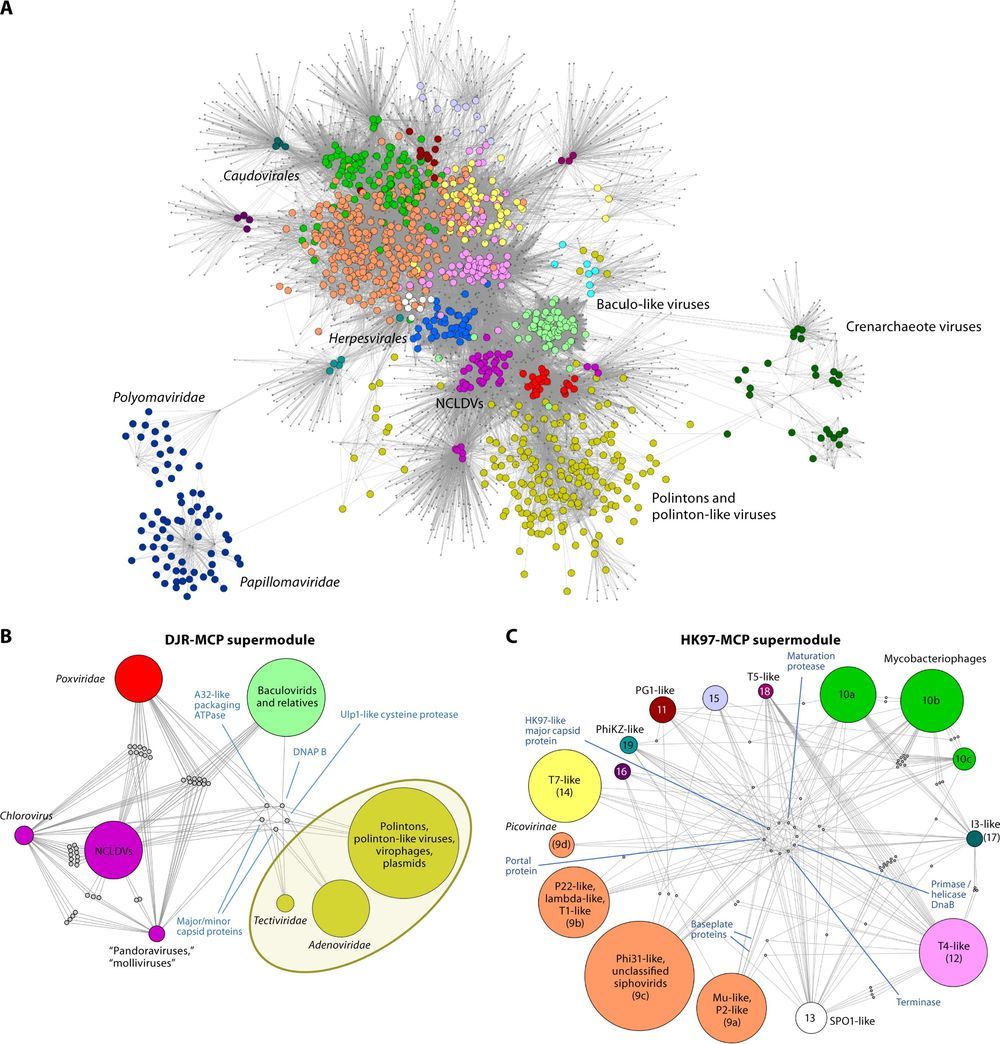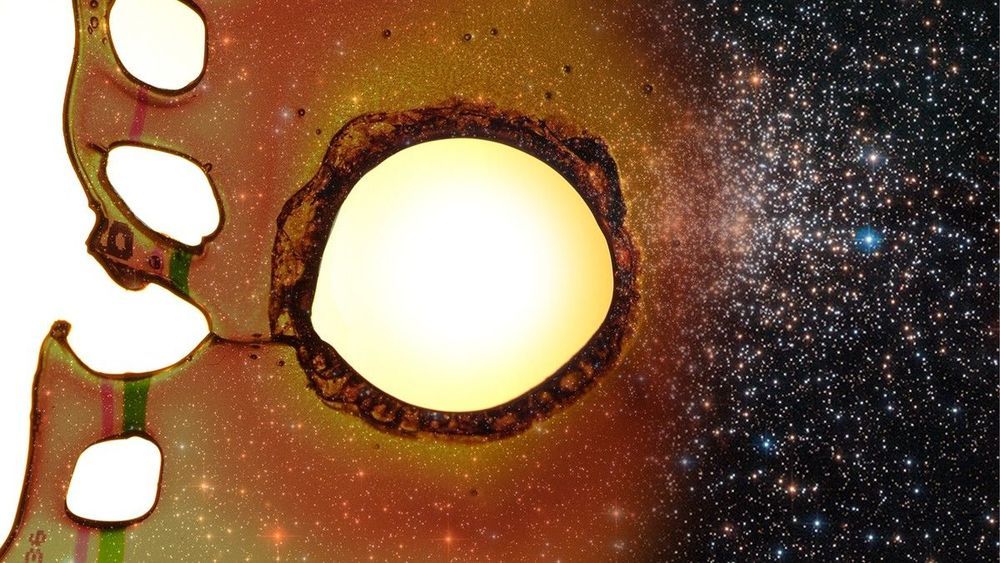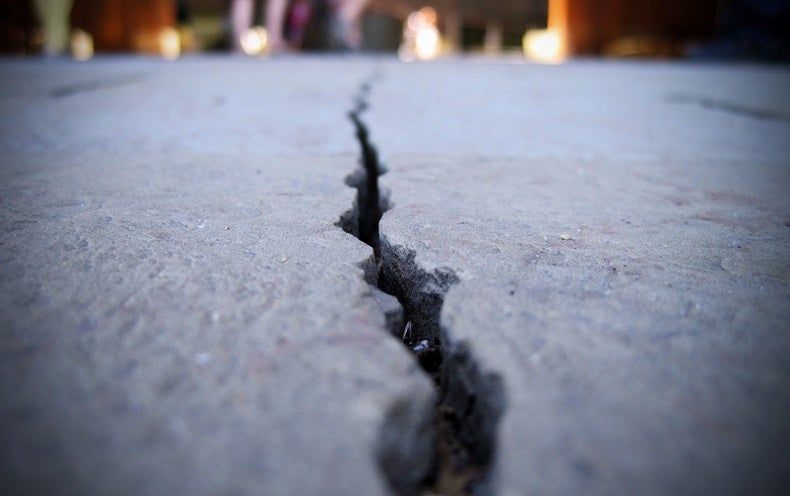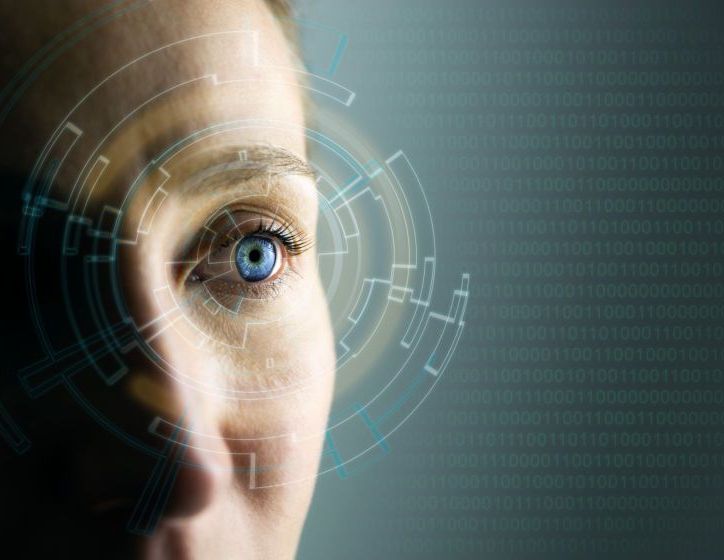“The problem of plastic pollution is too large to simply throw worms and there is still a lot to do before we can parlay this work into making a meaningful contribution,” Cassone said. “Also, the larvae tend to eat less plastic with longer times on that type of diet. By understanding the process – why the breakdown of plastic occurs so rapidly in the waxworm—we can then begin to develop ways to really make a meaningful impact to plastic pollution.”
He continued: “Now that we know the microbiome plays a role, if we can better understand how the bacteria works together with the worm and what kind of conditions cause it to flourish, perhaps this information can be used to design better tools to eliminate plastics from our environment.”
Not all are convinced, however. Till Opatz, from the Department of Chemistry at the Johannes Gutenberg University, Germany, was critical of the initial findings that caterpillars digest plastic. At the time he and his colleagues said they disagreed with the methodology and conclusions reported, adding the study “does not provide sufficient proof” that G. mellonella can chemically destroy polyethylene.








